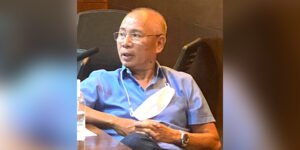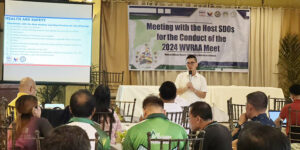
Fewer students classified among the “poorest of the poor” are receiving tertiary-level education assistance from the government, with the number of beneficiaries sharply dropping by more than 130,000 from 2018 to 2022, according to a report by the Second Congressional Commission on Education (Edcom II).
The 398-page report, titled “Miseducation: The Failed System of Philippine Education,” which was submitted to both chambers of Congress this week, contains the body’s findings and recommendations to improve the country’s education system.
Among the observations highlighted was the “inequitable distribution and utilization” of resources that “resulted in unequal access to higher education.”
It referred to tertiary education subsidies (TES) under Republic Act No. 10931, or the Universal Access to Quality Tertiary Education Act, which had widened access to the free higher education program among Filipino students, including those pursuing undergraduate college degrees.
Under the law, TES are supposed to cover the tuition and other school fees of students who are academically capable but financially disadvantaged, should they decide to attend a private university or college. The subsidies are also intended to cover these students’ expenses on books, school supplies, transportation, and other needs to complete their degree programs.
However, it found that the number of TES grantees categorized under the extreme poverty sector has been declining over the years. Additionally, their proportion within the total distribution has also decreased.
Based on official data, a total of 204,234 students under the category received the TES grant in 2018, but this sharply declined to 69,887 by 2022. At the same time, the number of grantees from private higher education institutions in towns and cities without state and local universities and colleges, referred to as “placed with no SUC/LUC” (PSNL) saw an increase from 70,684 students to 157,484 in the same period
“This shift is notable as students in the PSNL category may not necessarily be impoverished, contradicting the progressive goal of the Act,” said the commission in its report.
It suggested a reevaluation of the definition of PNSL, which could better align with the objectives of the law and ensure equity among student grantees.
The inequitable distribution and utilization of government resources for tertiary level education is an issue that has to be addressed in a country that is struggling with poverty. Everyone knows that education is the best way out of poverty, so it should be worrying that the poorest of the poor are being muscled out of opportunities for education that was initially intended for them. While it would be nice to be told that there are less poor students being granted subsidies because more are being lifted from poverty, the sad truth is that poverty remains endemic and our government has to do more to lift its people out of that sort of existence.*







